Montessori’s First Great Lesson: The Elementary Child’s Introduction to Science
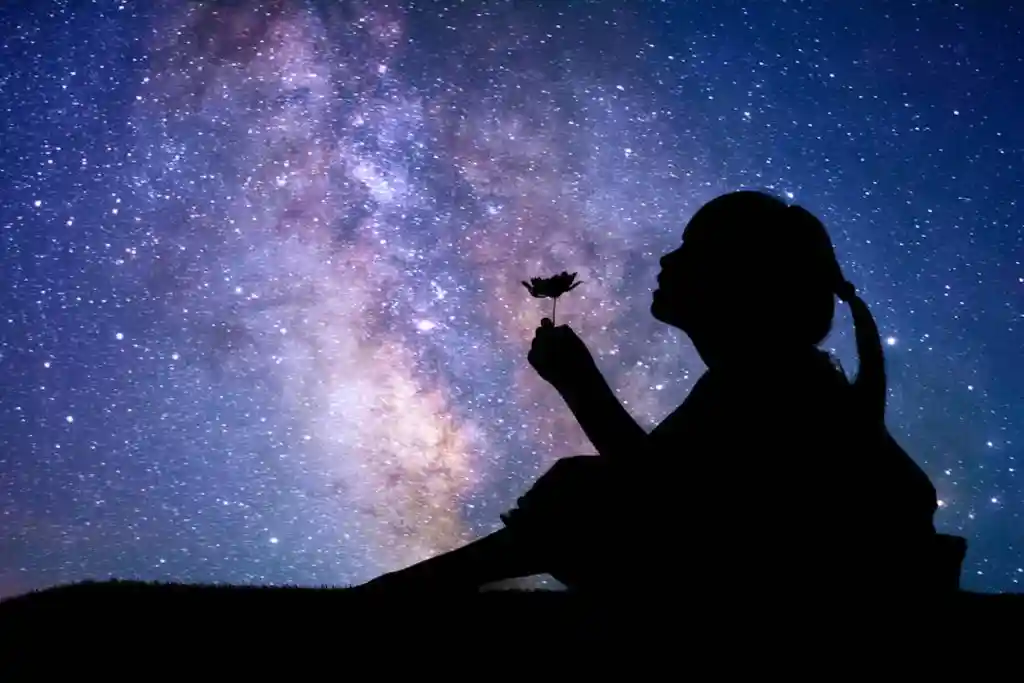
Every child enters a new year at a different level. Some may have expanded their knowledge over the summer, while others may need some refreshment on what they learned last year. So, where do you start an educational journey for a class of many? At the beginning, of course.
That’s why Montessori’s First Great Lesson focuses on the coming of the Universe. The First Great Lesson is usually shared on or close to the first day of each school year in elementary. It’s designed to give students a sense of their place in the Universe by learning about the stars, the Sun, the planets, how Earth was formed, states of matter, particle behavior, and much more. It gives them tangible and real concepts for their inquisitive minds to wonder about.
The First Great Lessons gives young imaginations direction by setting a foundation for and sparking interest in chemistry, physics, earth science, meteorology, astronomy, and other areas of scientific discovery.
Table of Contents
- What are Montessori Great Lessons?
- The First Great Lesson: A Montessori Tradition
- Building on the First Great Lesson
- Teaching & Expanding on the First Great Lesson with Learn Libre
- Try Learn Libre’s Hands-on Science Lessons for Free
What are Montessori Great Lessons?
Montessori is well-known for the Great Lessons, which focus on a large, broad concept that children can later explore as smaller components.
Children get a holistic vision of a topic, usually told as a story to add context to the concept. They spark young imaginations and plant seeds of knowledge that will eventually germinate into understanding when looking at subtopics of the Great Lessons.
Each of the Great Lessons serves to encourage discovery. Students are developing awareness at this stage; for example, they now know there’s a thing called the Universe or that writing is a series of symbols that allow us to communicate. After that, it’s a matter of learning the intricacies that make up each great lesson and growing from there.
In total, there are five Great Lessons in the Montessori curriculum:
- The First Great Lesson: The Coming of the Universe and Earth
- The Second Great Lesson: The Coming of Life
- The Third Great Lesson: The Coming of Humans
- The Fourth Great Lesson: Writing and Communication
- The Fifth Great Lesson: Numbers
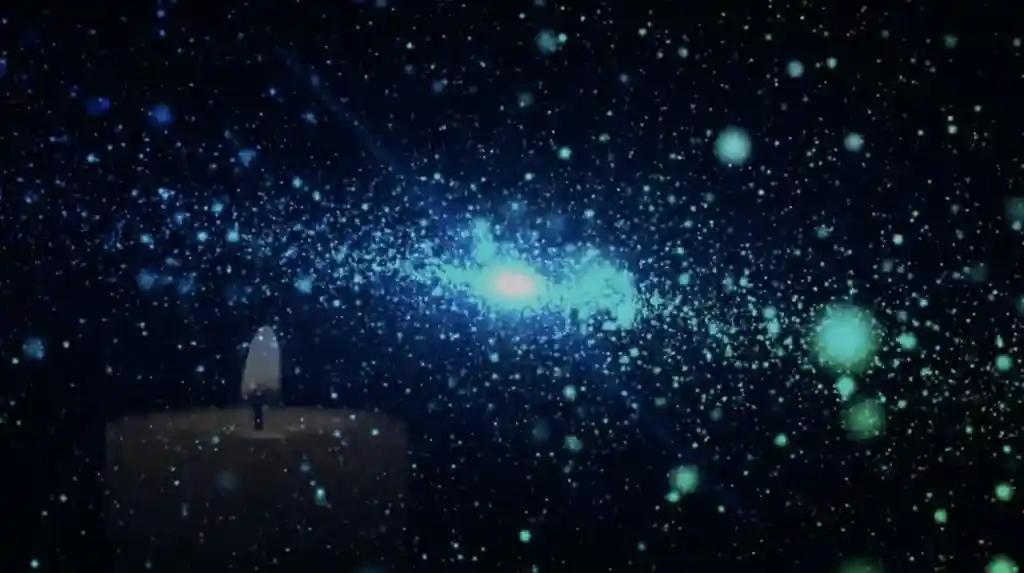
The First Great Lesson: A Montessori Tradition
At Learn Libre, we have a special place in our hearts for the First Great Lesson, which sets a strong foundation for science education. There’s something magical and awe-inspiring about the Universe, the vast expanse that’s as mysterious as it is intriguing. It’s a place that can be both devoid of life and thriving with people, animals, and plants. It’s the place that has always been and always will be. The more answers we get, the more questions we have.
The First Great Lesson is the gateway for young minds to understand where they come from. We start out each school year with this lesson and continue to build on it throughout the year. Children are inspired early and often to ask questions about the world around them and learn how to investigate to find their own answers.
The First Great Lesson is enriched with stunning visuals of all the scientific elements that make up the Universe, from astronomy charts to physics demonstrations to geographical maps. From there, they can move forward at their own pace to experiment and learn more about the topics that interest them (in true Montessori fashion).
One clear advantage to this approach is that despite the path that children choose to pursue for themselves, they can also watch the students around them as they embark on their own paths. This can also help them to channel their curiosity and enthusiasm as they decide what else they might want to learn about. And even if they choose not to do what their friends are doing, they can still gain holistic exposure to the Universe’s many scientific elements.
Self-discovery is what Montessori science is all about and is a key part of the Montessori strategy of lifetime learning. When kids can take control of what and how they learn, they are better able to make impactful actualizations that build on their knowledge banks.
Building on the First Great Lesson
The First Great Lesson illustrates the space where life thrives, the place where the rest of all the sciences become possible. Moving on, the next Great Lesson explores life itself, slicing out a small part of the Universe and zooming in on it.
You could compare this to first exploring the ocean, then taking a drop of seawater and placing it under a microscope. The ocean is the big picture, but even just a single drop of seawater viewed up close can reveal countless smaller components to study.
After you’ve given the First Great Lesson, be prepared for excitement about volcanoes, the stars and the planets, solids, liquids and gases, and much more. Those things introduced directly in the First Great Lesson are only the beginning.
You’ll need to prepare materials and learning activities that build on the First Great Lesson. This is a wonderful opportunity to get creative with science.
For those students who showed interest in space, you could have materials ready that allow them to model the Solar System themselves, give them prompts for research about different celestial bodies, or share a follow-up lesson with them about the movement of the planets.
Anyone who enjoyed learning about the different states of matter will enjoy a science experiment on different properties at different temperatures, phase changes like melting and freezing, or learning about how different elements behave in their different states.
And what about the elements themselves? Atoms and elements are the building blocks of the Universe after all. Learning about each element, its characteristics, how it was discovered, and how it reacts with other elements will surely be intriguing to young scientific minds.
Just like the Universe, the learning opportunities are endless!
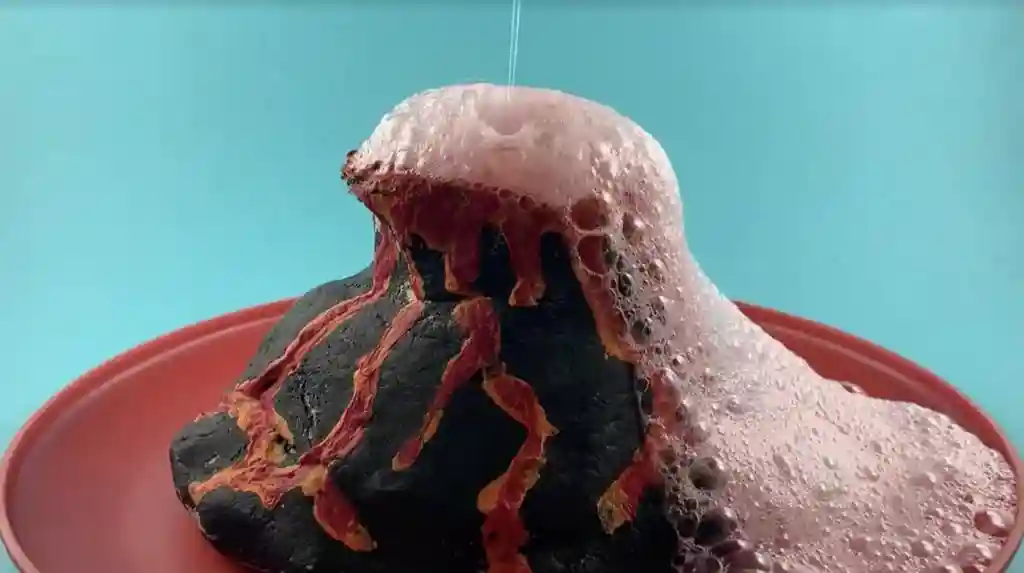
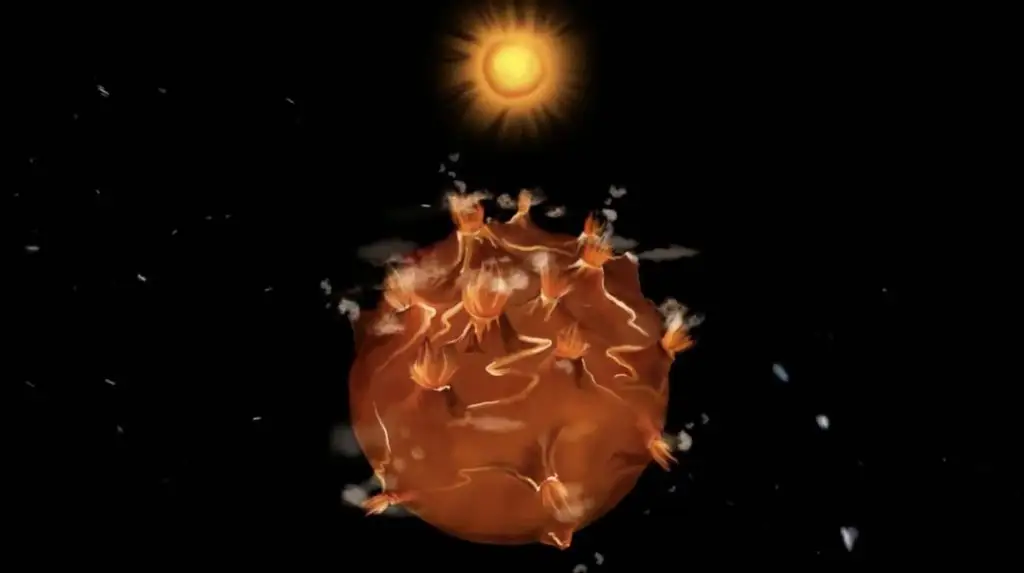
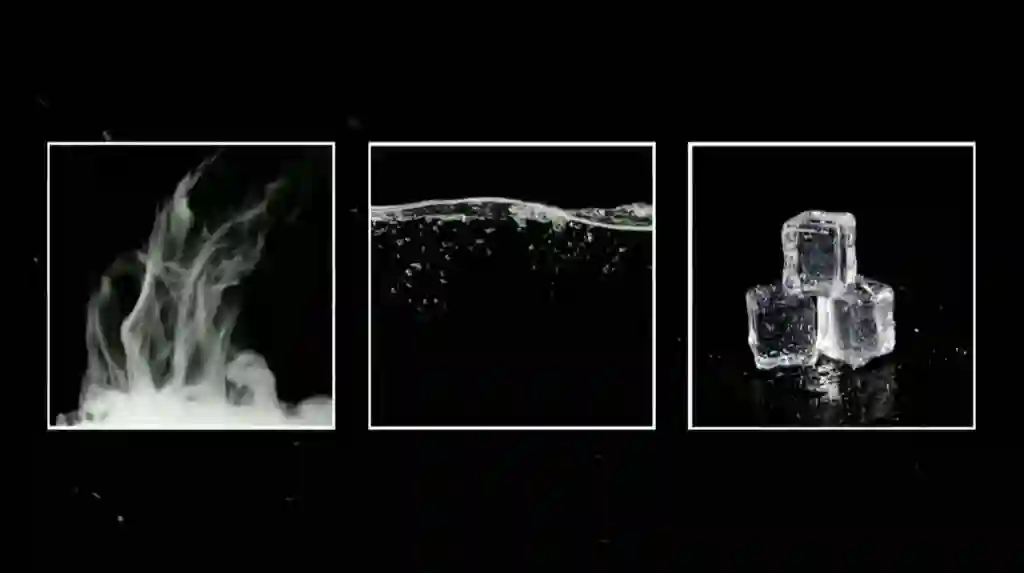
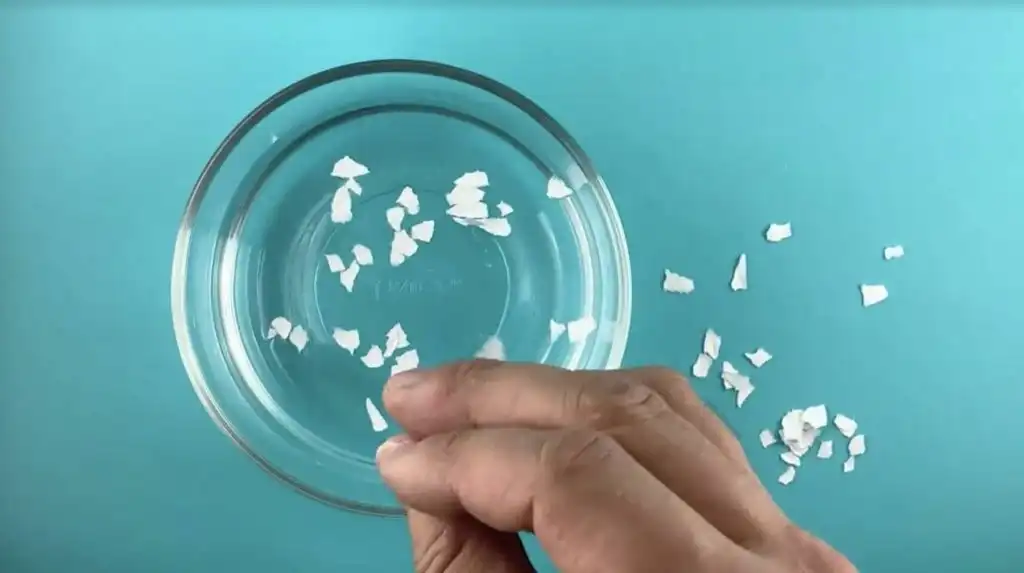
Teaching & Expanding on the First Great Lesson with Learn Libre
We love science just as much as anyone, especially when science and Montessori intersect. We’ve developed our Learn Libre lessons, experiments, and activities to complement and build on Montessori teachings like the First Great Lesson, and take the guesswork out of how to get hands-on with the Universe.
All of our cosmic lessons align with the Montessori approach, allowing students to play an active role in their education. Our pre-designed kits free up time for educators, which gives you more time for science in the classroom.
Questions like “Where did the stars come from?” or “Why don’t we float away from the Earth?” can set the tone for future scientists, and educators can feel confident in addressing their students’ most creative questions.
Learn more about The First Great Lesson and how to bring Learn Libre to your home or classroom (also offered in Spanish)!
Try Learn Libre’s Hands-on Science Lessons for Free
Are you interested in seeing what Learn Libre’s big-picture lessons, hands-on experiments, and engaging science activities are all about? Check out the free lessons below!
The First Great Lesson
Where did the stars come from? And the Sun? How was our Earth created? And what about the rest of…
Combining and Separating
Why does sand settle to the bottom of the ocean, but salt mixes in? How do people get sea salt out…
How Did Humans Discover Fire?
When did we start using fire? What 3 components does fire need to burn?
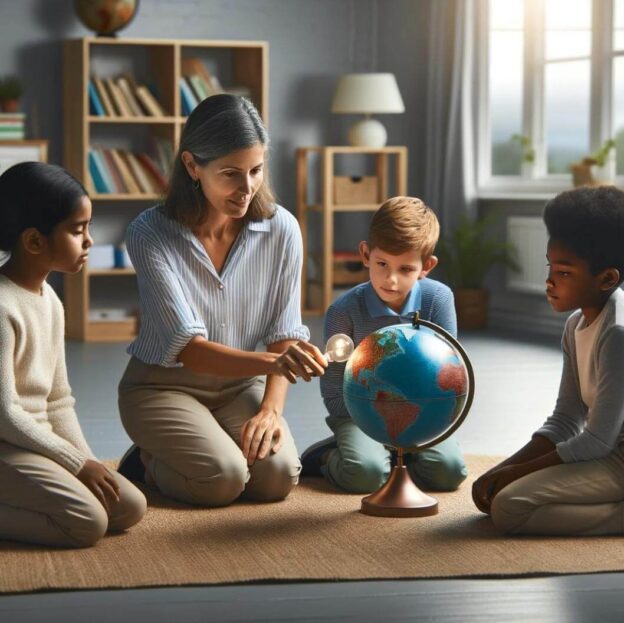
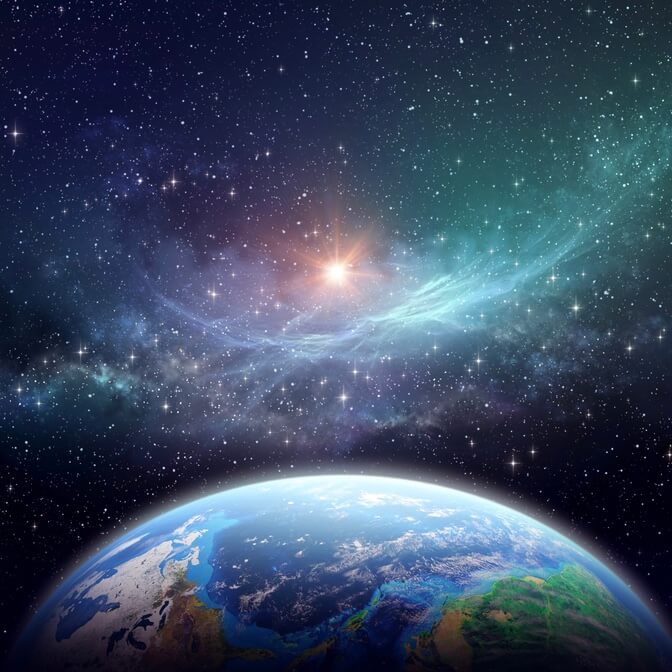

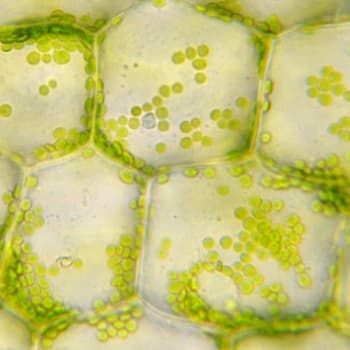

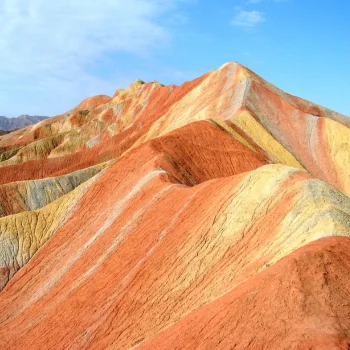
Thank you so much for generously sharing your work. One can tell that it was truly made with love 🙂
Thank you for your kind words! We love to share about the First Great Lesson 🙂
My kids really enjoyed this video and activities! These are the only educational videos I have been able to get them to watch all the way through. We love doing your experiments together, keep up the good work!
Thanks Bryan! We’re happy your kids are enjoying it 🙂